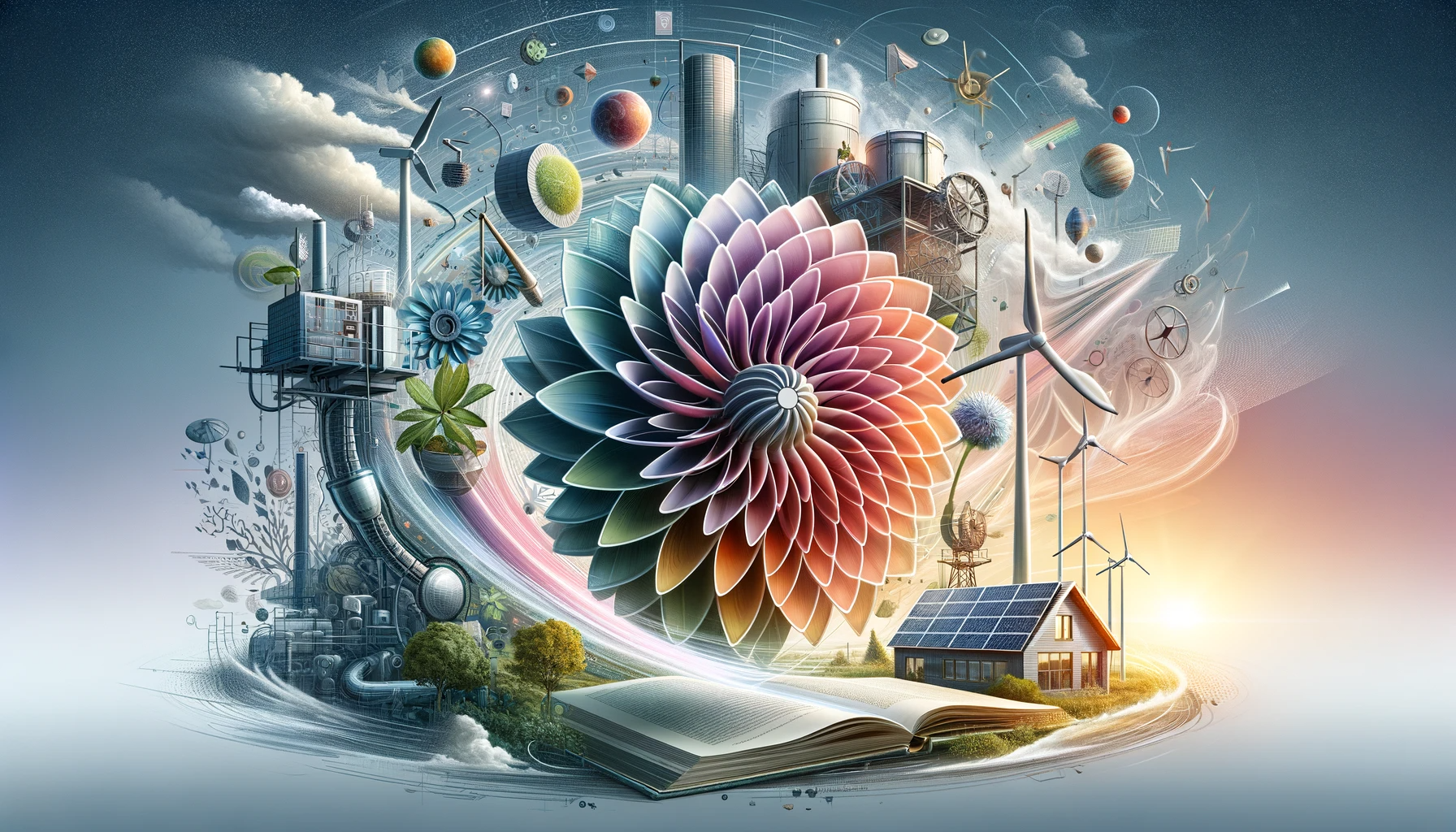
Energy One Podcast, Episode 2 - Flower Turbines with Dr. Mark Daniel Farb
Summary & Key Highlights
In this episode, Maryon speaks to Dr. Mark Daniel Farb about his Flower Turbines: compact and very efficient turbines that you can use at home, going over just what makes them stand out. We talk about their unique bouquet effect, the challenges of making wind energy a household staple alongside solar, and the growing role of residential wind turbines in our future homes.
Our Guest Today: Dr. Mark Daniel Farb
Dr. Mark Daniel Farb is the CEO and visionary behind Flower Turbines, one of the top 10 most fundable companies as evaluated by Pepperdine University Business School. Dr. Farb has an extensive academic and professional background — holding degrees from prestigious institutions such as Yale University, Boston University, and the UCLA Anderson School of Business.
His academic record at Yale set a precedent, and his medical degree from Boston University further underscores his interdisciplinary expertise. Dr. Farb has filed over 60 patents over the course of his career.
Interview with Dr. Mark Daniel Farb about Flower Turbines
You have a rich academic career background. Can you share with us how it all started? And how did the flower turbine come to be?
Oh, boy, that's a long story. First of all, I've always been an interdisciplinary person. And I've always cared about the environment. And in fact, I grew up in an environment in which my father was one of the original forces behind the conservation movement in the United States.
He was a very popular science writer, and my mother was also a museum director. So I always had the love of the beauty of the outdoors. For both a scientific and an artistic perspective, that's a bit of the background. And I wanted to do something significant for the environment for renewable energy, I feel it's something very important, in addition to its profit potential, and I liked the idea of being able to make distributed power that could be used on site.
And to overcome the existing obstacles to it, nobody had solved some of the technology problems that are holding it back. And at the same time that I wanted to solve the science problems, I wanted to make beautiful turbines experimented with different ways of making flowers, or flower inspired designs to integrate with the aerodynamic science. And I believe we succeeded, and I and my engineering team came up with the tulip design, which has both beauty and sophisticated, the science behind it.
What exactly are the flower turbines that you build? What features does they have?
The flower turbines, in addition to being beautiful, they are more efficient. And that's because of certain innovations in the aerospace is the blade shape. We have many other innovations, but these are the ones we're talking about right now. So that's one step in the right direction.
I believe that our biggest step in terms of revolutionising the industry is because these turbines when they're placed close together in the right way, they make each other performed better. I'm sure you've seen the big wind turbines, they are placed hundreds of feet from each other, because they interfere with each other aerodynamically when they come closer. Ours actually make each other perform better.
So far, we've tested up to five turbines together on the back of a truck, so we could control the speed. And we found that with as few as four turbines placed correctly, right distance, right orientation to the wind, we basically double the power output. That is, I believe, a potential revolution in clean energy. It means that the bigger the project, the more that a customer buys, the better his return on investment is going to be.
In addition to that, they are noiseless. Birds see them, so the birds avoid them, they start at lower speeds and other turbines, our engineering is such that even though they're white, and they start at low speeds, we've tested them on top of the truck at up to 120 miles per hour. So they're very durable and start at very low speeds at the same time. So we've really made some progress in terms of making turbines that can go just about anywhere, and also be used in tight spaces to be more efficient.
They're essentially polar opposite of the usual gigantic wind turbines that we are so accustomed to, right?
Exactly. We can't really compete against the cost effectiveness of those huge turbines, but the thing is that by the time that electricity gets to you, as a consumer, it's much more expensive. So we provide on site power, that can ben in many cases, less expensive than the grid power.
And it's also where you need it. Reliability, and resiliency are important issues nowadays. There's so many cases where the grid has gone down from storms, grid problems, etc. And we have different products that are especially suited to enable the small guy, or even the small business, as well as the big business to help protect themselves from this kind of thing happening.
Here in Texas, we're seeing more and more people adopt solar energy, but wind turbines on small scales are still quite uncommon. Can wind turbines replace solar panels? Or is it better to combine both technologies?
It all depends on where your resources are, I believe that it's good to combine both because they overlap at different times of the day, different times of the year. And it's also part of what what I mentioned resiliency: your ability to keep producing power in many different circumstances. Dallas isn't far from our factory, which is in Lubbock, Texas. And we heard that in the recent hailstorm, most of the solar panels got cracked from the hail, but our turbines did just fine. So that's an example of when wind can do better than solar.
Now, if you're near the equator, and you don't have much wind, solar is going to do better. I think in most places around the world, a combination is going to be passed. In a place like West Texas, maybe you would just go with wind, or and a little bit of solar, in other places, you would go with a lot of solar and maybe a little bit of wind, but they ideally supplement each other. And the combination them together means you're less dependent on storage, like batteries.
If you go off grid, if you only have solar, you need lot of batteries, and batteries are expensive, in order to make sure that you can carry through a couple of days of no sun. Whereas if you have both sun and wind, combined with maybe a less expensive battery, you have more resilience, you can handle more circumstances. So I think it's good to combine them.
Now solar has gone down tremendously in price. It's very hard to compete with that because it's mass produced. But when you involve our cluster effect, if you place enough of our turbines together, we've done calculations that showed that the wind can actually be a little bit better than solar, depending upon the wind speed, what size of our turbine you get, et cetera. The big kicker is that we produce much more energy per square foot. That can be very important, both in terms of the profit when you have a limited area, and also your ability to provide as much energy as you can.
Solar is very horizontal, wind is more vertical, so we can compete with solar if we need to. But I think the most important thing is not to compete, but to actually work together.
Why haven't these small scale wind turbines been widely adopted yet?
I think first of all, small wind has had a bad rep, in general, because it hasn't solved the problems that we've solved. People have a lingering opinion of it that's not based on our current facts, our current technology. That's why we have to explain to the market that what we're doing is different.
I would say that in the last year or two, we've actually taken off a lot. We're in Europe, outside the United States has been a faster adoption of what we have to offer. And I would say simply, will change with time, I'm very optimistic, I know that we offer a good product and a good value, I think that see costs is going to be higher than solar, unless you have a cluster.
I believe our cluster -- we like to call it a bouquet because we combined flowers into a bouquet--, our bouquet effect, is going to be the real game changer in terms of the small wind industry. One of our innovations that's on the way is that we're going to apply electronics to it. This year, we're filing around 10 patents in wind turbine electronics, and we have some advances that are going to enable electronic control of the cluster effects that will bring down the cost and increase the efficiency of these turbines, particularly when they are cluster.
We've got a lot of exciting things going on. We're still in development. I'll say one other thing that's held us back and said, it's been a very bad two years, with COVID and logistics problems, that's really held up our deployments, just because things take longer to be available. I think we're over that now, and we're actually actively engaged in sales right now.
Is there more room for improvement, maybe a new model that is even more efficient?
There's always more room for improvement, I believe. But these are very efficient, we have the new model coming out that's meant to be more cost effective. It has aluminum plates and it's modular, you can easily stack one row of aluminum plates on top of another, each one is three feet high, and we can go up to six of them, so it's 18 foot high plates.
I believe that will be a little bit more efficient, because the aluminum is a little bit lighter weight, and a little bit more cost effective, is easy to add and doesn't cost that much more. What we have already is really very efficient, I think our concentration right now has to be on getting the cluster electronics ready. So we can improve the cluster effect.
Do you believe that homes of the future or use both wind and solar energy, or maybe even be self sustaining and completely off the grid?
Yes to both. I think that wind and solar are the two easiest renewable energies for homes or small businesses to use, and they do have the potential of bringing customers completely off the grid. I believe that with so many problems with grids, and also the inflation that's going on, is that by owning your own energy, you take control of your own life
You don't have to be dependent on a centralized agency to provide you with power, and if it goes down, whether from a storm or from hackers, whatever the cause, you are protected because you have your own local installation. Now, of course, if a tornado comes by, nothing's going to help, you won't have a house, you won't have energy, either. But short of that, it's that way you can protect yourself, and you can protect yourself in terms of costs as well.
The inflation in general, and in terms of energy is very high: if you get a system that's going to last you for 20 years, you've got 20 years in which at least your energy bill is immune to inflation. There's another issue here also: the world is converting to electric vehicles. If the United States were to convert to electric vehicles immediately, the grid would collapse, there isn't enough electricity to handle it.
So it's a good idea, while the grid is increasing in size, and while the electric car market is growing, to protect yourself against these kinds of blackouts by owning your own energy. Obviously city dwellers can't do it, but there are tons of suburban and rural dwellers and even city dwellers in many areas of the United States.
The Midwest is very windy areas with thousands of coastline miles on both the east and west coasts, there are certain mountain areas and desert areas as well, where you get good winds. This can definitely help people go off grid in many places around the country.
Could you tell us more about these other technologies that your company was responsible for?
Flower Turbines has around 30 patents, and those involve aerodynamics, electronics, manufacturing, installation. I've developed personally, some other technologies, making different kinds of energy more efficient, that may be in the future, we will also bring into Power Turbines. One is a way of making the large wind turbines performed 30 or 40% better; another is underwater power, whether it's for rivers, or for tides. And we've actually tested and proven it in the Connecticut River.
Also I've developed some wave technologies and some hydroelectric technologies. One of those is for hydroelectric within piping systems. Each thing that I've been working on is a game changer, I would say that we've just advanced faster with the small wins, because people relate to it better than something that's a little bit more technical, and a little bit harder to envision.
I really want to be one of the people that's playing a major role in the energy transition, and really helping the world change its course, from burning fossil fuels to leaving fossil fuels for use as plastics as medicines, and other useful things we need them for, and not for burning stuff.
What advice would you give to someone looking to create their own startup in the sector?
I wouldn't say this is an easy environment. On the one hand, there's a lot of interest in renewable energy, which is great and that helps us. On the other hand, the inflation, and the supply chain problems, have made it harder for us to produce things, and have made it more expensive for us to produce things, and for our suppliers as well.
When there are changes in the financial markets, it's harder for our customers to get funding. There are many ways in which we are affected by what goes on in the rest of the world. I think having something special is important part, but it's never going to be easy. No startup is ever easy.
My advice is be prepared to work very hard, you have to be dedicated to what you're doing. A lot of our investors appreciate what we're doing, we have a lot of investors and I sometimes make decisions that may not appeal to everybody. I'm looking to make a long term multibillion dollar company and sometimes that means putting more effort into patents and research and development at a time that some people would like to see us concentrate more on putting the same money into sales.
You can't please everybody. We want to have sales, and we want to have patents. But we have around 30 patents already, we're providing an incredible protection for somebody's investment. That is very hard to find in other startups. There may be just a handful of startups around the world that have as many patents as we do: we protect the aerodynamics, electronics, the manufacturing, all these different areas. That creates a long term value.
Every startup needs to think about how It's going to exit. My ideal is an IPO and a couple of years, and we need to differentiate ourselves, we need to show we have something that nobody can copy. And in addition to that another way of exiting, is to form a partnership or be bought out by a large company.
I believe that we are the missing link in distributed energy. I don't believe anybody comes close to us in small wind energy: solar has already developed, batteries already developed; I think that we are the company that can make that connection and make possible a complete and excellent offering that combine solar wind, and storage.
Get in touch with Dr. Farb
Contact | Flower Turbines
support.us@flowerturbines.com
Flower Turbines on Start Engine
Disclaimer: This podcast is for informational and educational purposes only, and does not imply suitability. The views and opinions expressed by the presenters are their own.
For any inquiries or comments, you can reach us as info@energy1podcast.com.
The Energy One Podcast is brought to you by Ladybug Energy. Get energy tips and advice at LadybugEnergy.com.
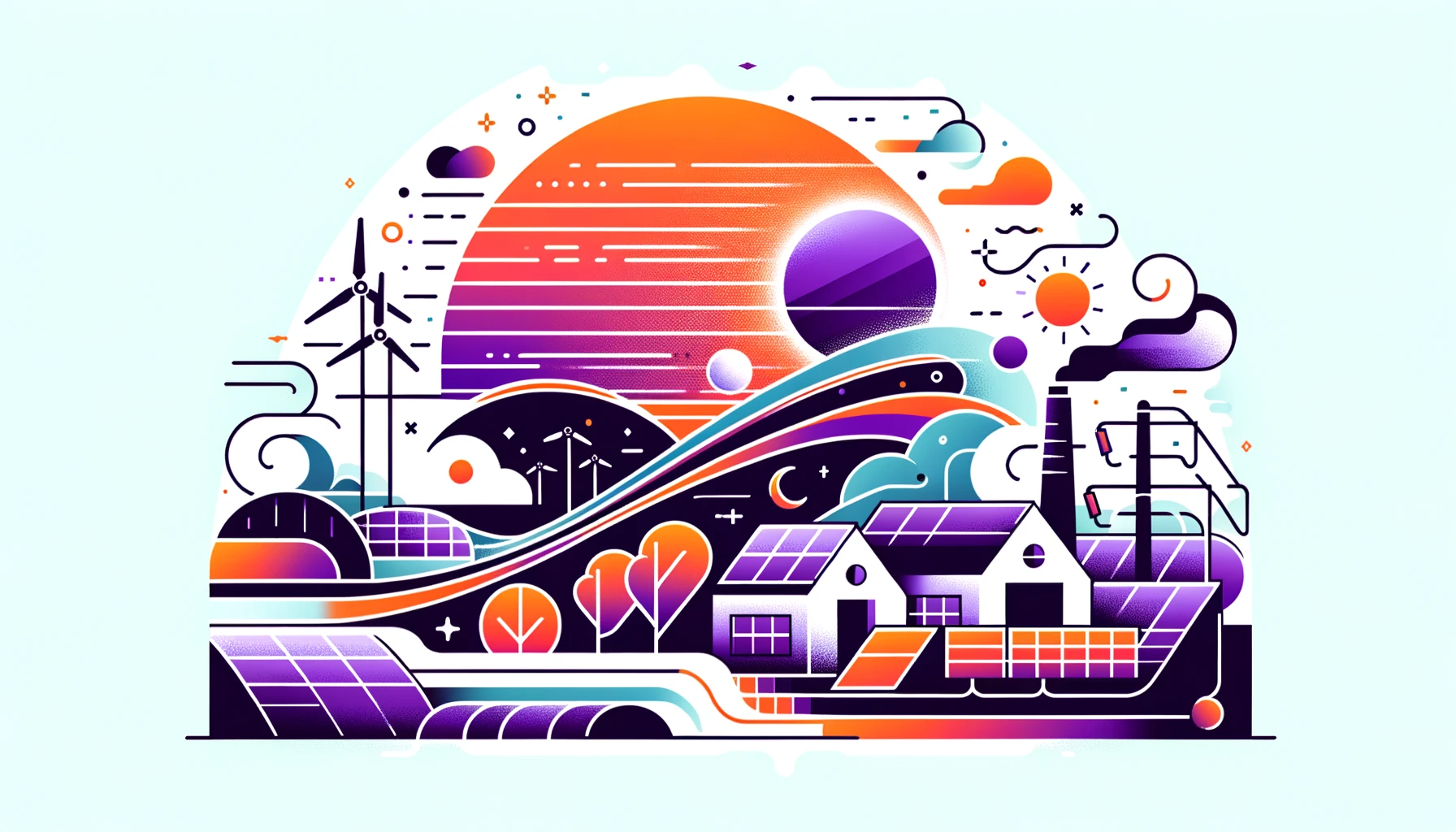
January 23, 2024
Energy One Podcast, Episode 6 - Rhythm Energy and Net Metering with CEO PJ Popovic
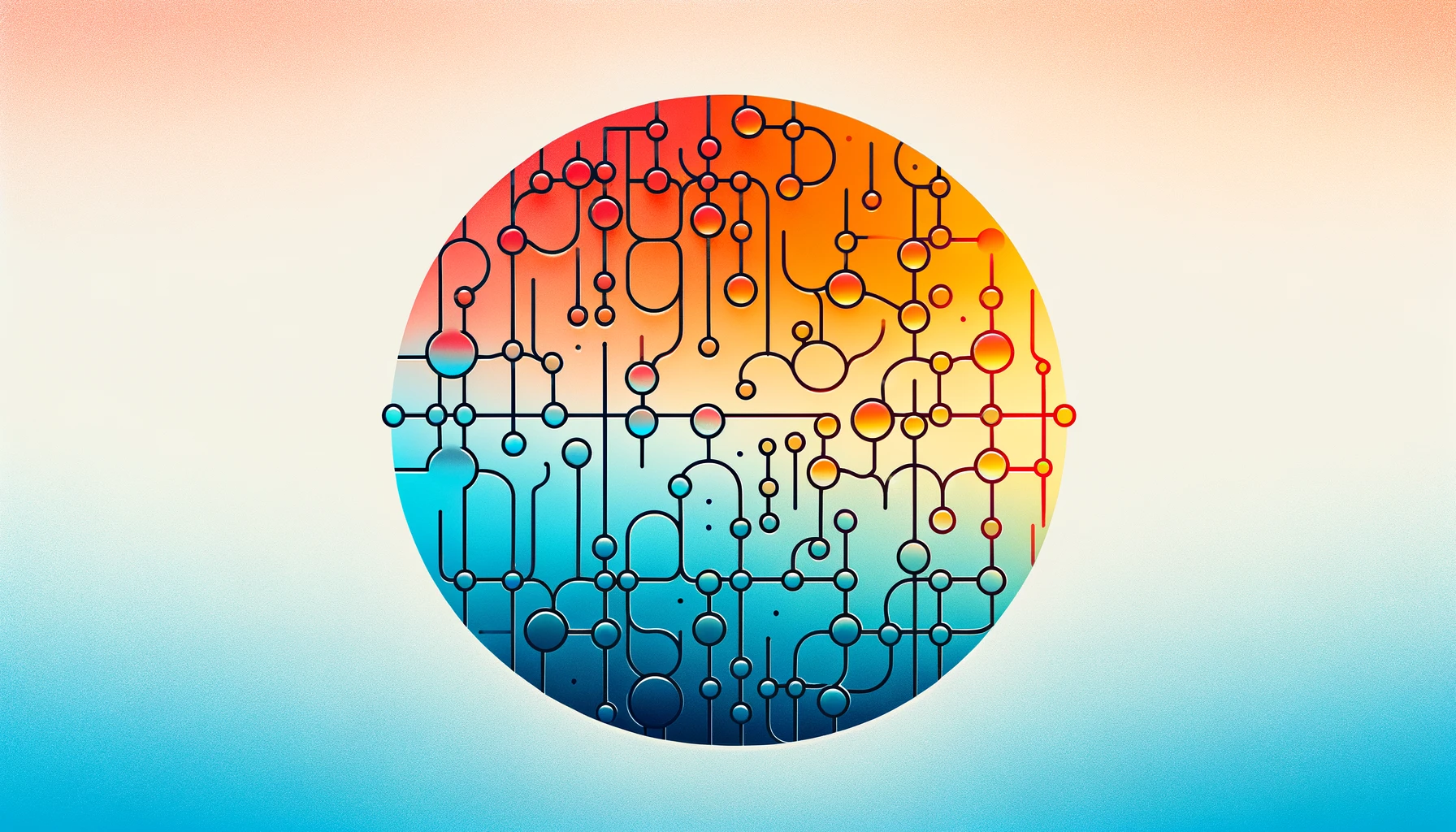
January 3, 2024
Energy One Podcast, Episode 5 - Entrochemistry and Entrochemical Systems with CEO Sanza Kazadi
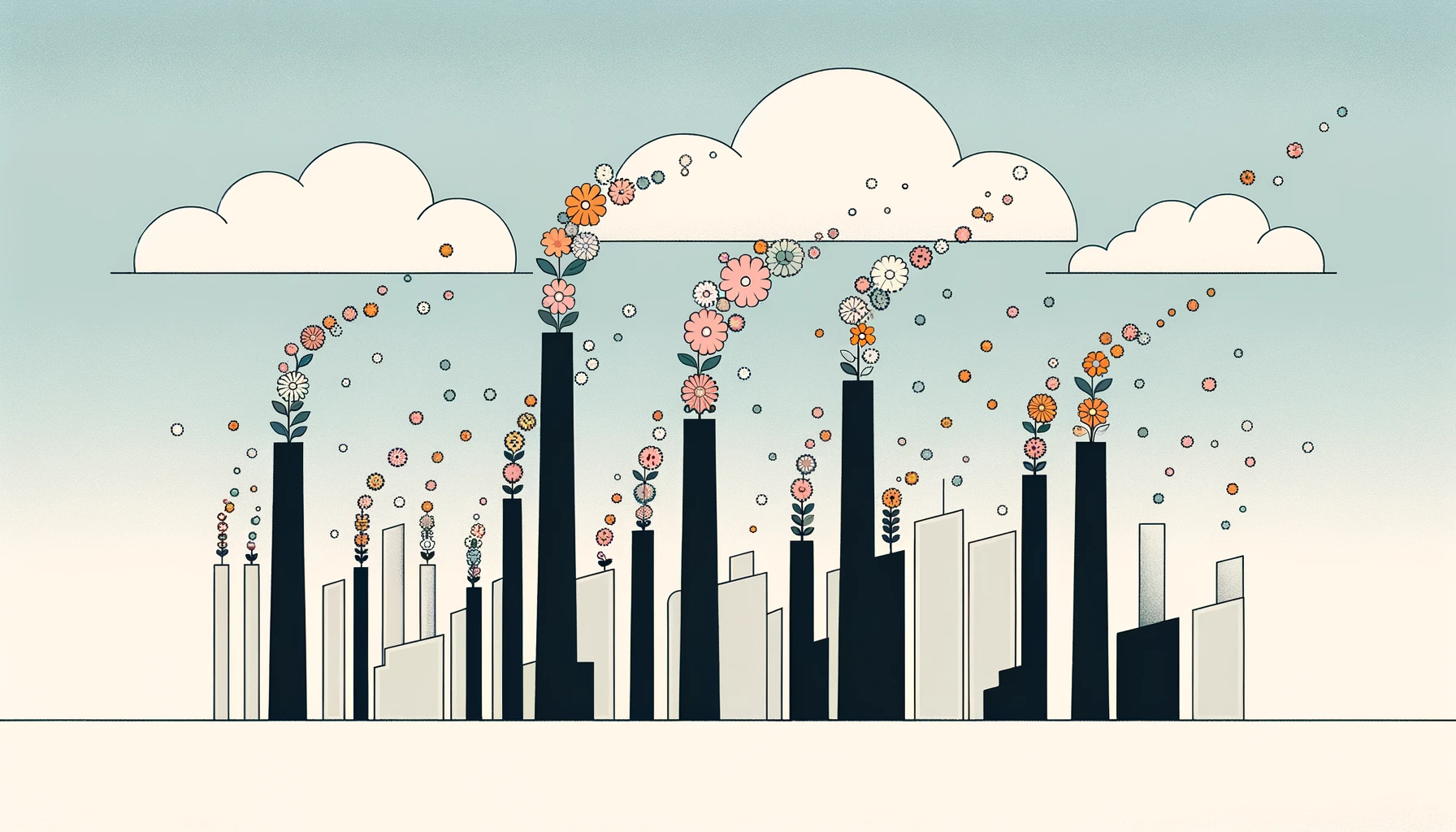
December 22, 2023
Energy One Podcast, Episode 4 - Nitrilation with Mars Materials CEO Aaron Fitzgerald
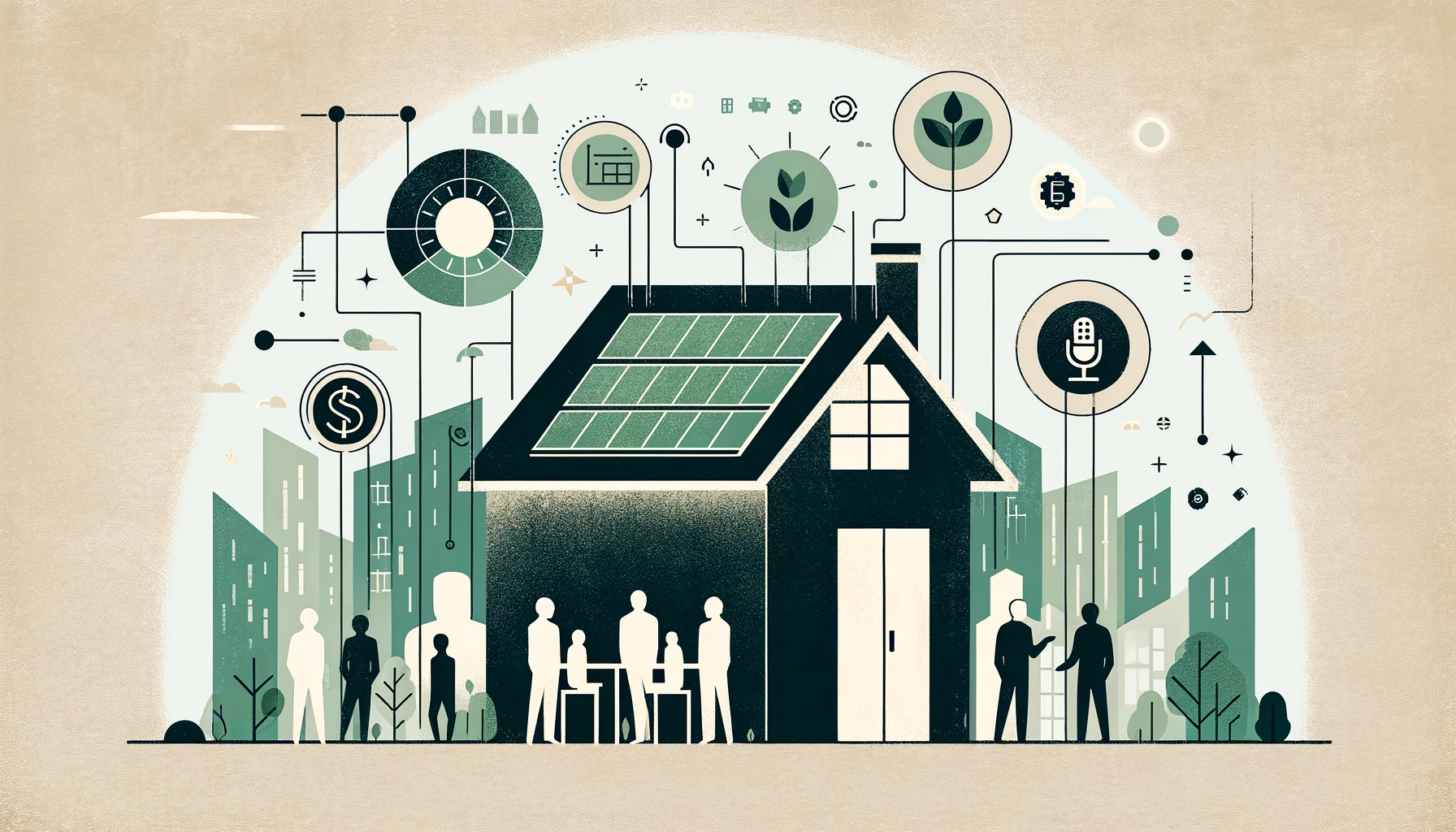
December 5, 2023
Energy One Podcast, Episode 3 - Capital Good Fund with CEO Andy Posner
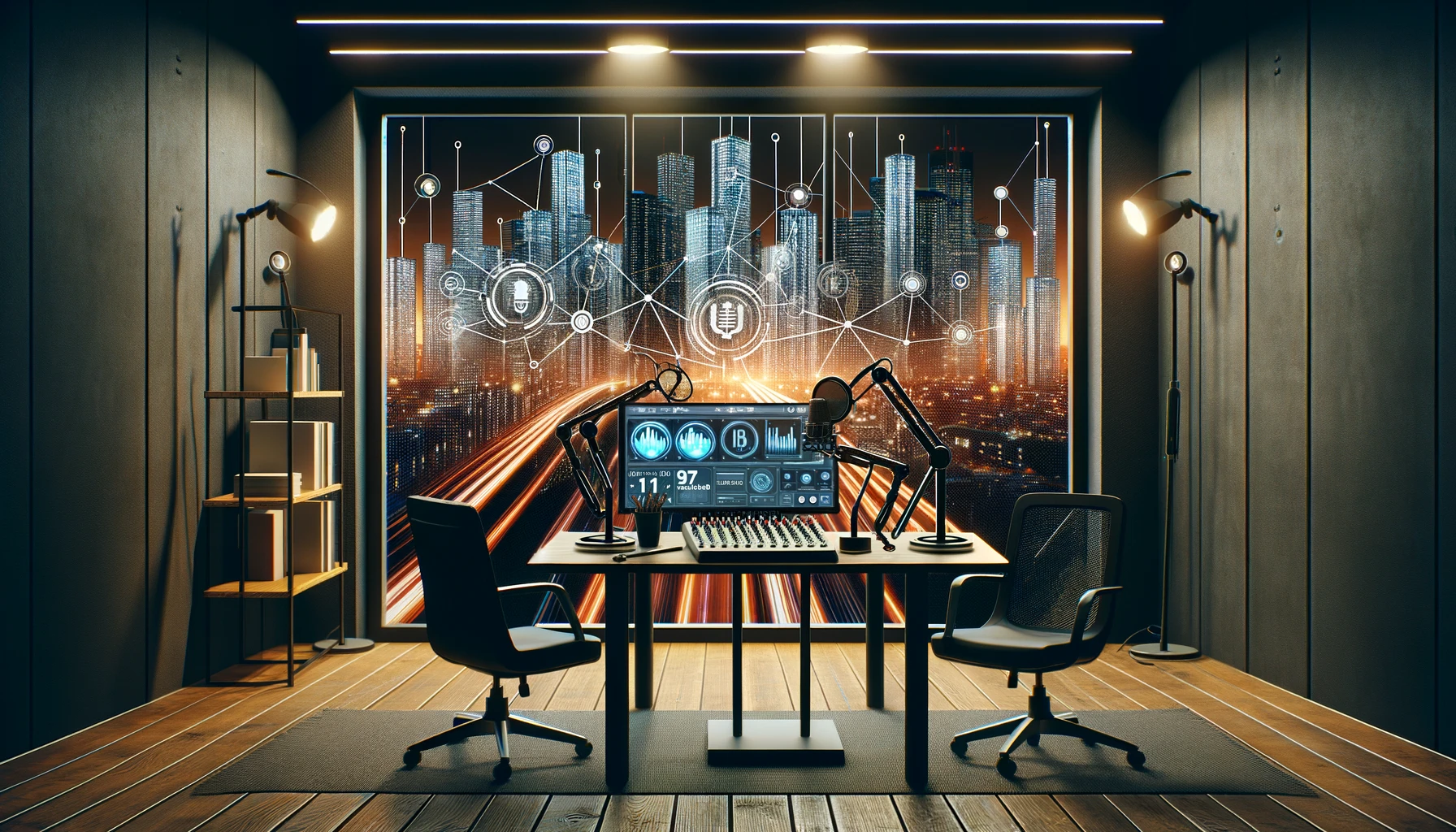
November 7, 2023
Energy One Podcast, Episode 1 - Smart Grids with Dr. Joshua Rhodes
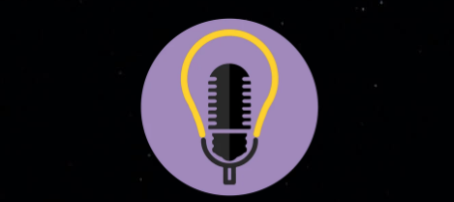
November 2, 2023